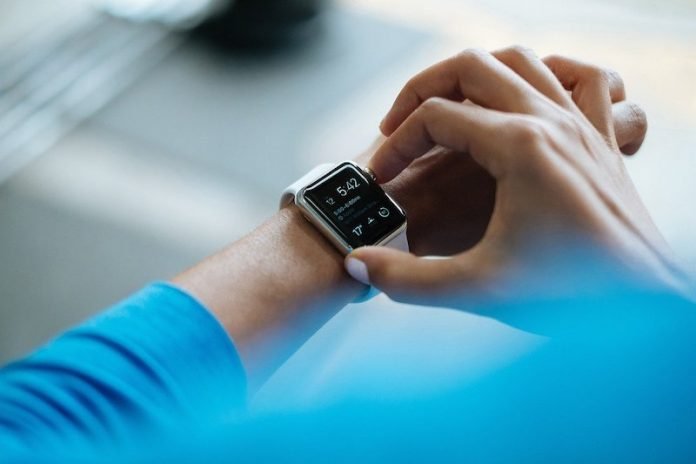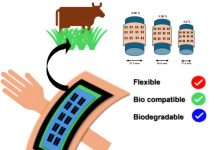
In a new study, researchers found that wearable devices can identify COVID-19 cases earlier than traditional diagnostic methods and can help track and improve the management of the disease.
They found that subtle changes in a participant’s heart rate variability (HRV) measured by an Apple Watch were able to signal the onset of COVID-19 up to seven days before the person was diagnosed with the infection via nasal swab, and also to identify those who have symptoms.
The research was conducted by Mount Sinai scientists.
In the study, the team enrolled several hundred health care workers throughout the Mount Sinai Health System between April and September 2020.
The participants wore Apple Watches and answered daily questions through a customized app.
Changes in their HRV—a measure of nervous system function detected by the wearable device—were used to identify and predict whether the workers were infected with COVID-19 or had symptoms.
Other daily symptoms that were collected included fever or chills, tiredness or weakness, body aches, dry cough, sneezing, runny nose, diarrhea, sore throat, headache, shortness of breath, loss of smell or taste, and itchy eyes.
Additionally, the researchers found that 7 to 14 days after diagnosis with COVID-19, the HRV pattern began to normalize and was no longer different from the patterns of those who were not infected.
The team says this technology allows doctors not only to track and predict health outcomes, but also to intervene in a timely and remote manner, which is essential during a pandemic that requires people to stay apart.
Developing a way to identify people who might be sick even before they know they are infected would be a breakthrough in the management of COVID-19.
One author of the study is Robert P. Hirten, MD, Assistant Professor of Medicine.
The study is published in the Journal of Medical Internet Research.
Copyright © 2021 Knowridge Science Report. All rights reserved.



